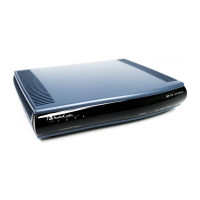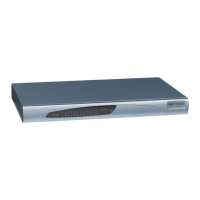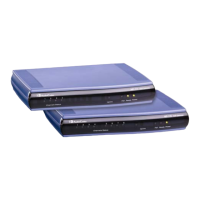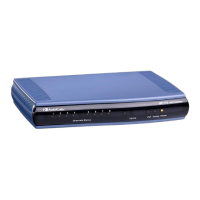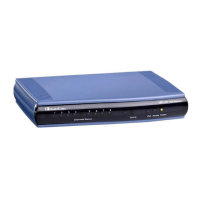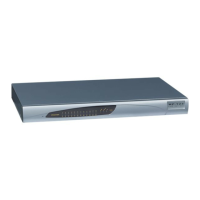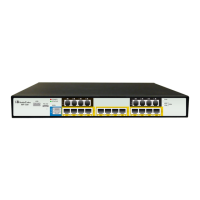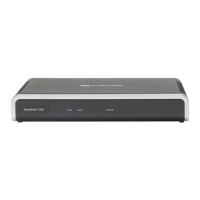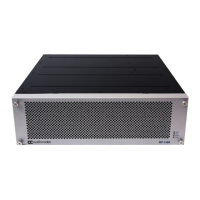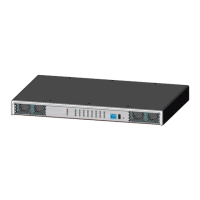SIP User's Manual 266 Document #: LTRT-65415
MediaPack Series
To enable three-way conferencing, the following parameters need to be configured:
Enable3WayConference
ConferenceCode = '!' (default, which is the hook flash button)
HookFlashCode
3WayConferenceMode (conference mode)
MaxInBoardConferenceCalls (if on-board conferencing)
3WayConfNoneAllocateablePorts (if on-board conferencing)
FlashKeysSequenceStyle = 1 or 2 (makes a three-way call conference using the Flash
button + 3)
Note: For local, on-board three-way conferencing on MP-112, in addition to
configuring the previously mentioned parameters, the following parameter
settings must be included:
EnableIPMediaChannels = 1
[ IPMediaChannels ]
FORMAT IPMediaChannels_Index = IPMediaChannels_ModuleID,
IPMediaChannels_DSPChannelsReserved;
IPMediaChannels 0 = 1, 2;
[ \IPMediaChannels ]
8.2.7.10 Multilevel Precedence and Preemption
The device's Multilevel Precedence and Preemption (MLPP) service can be enabled using
the CallPriorityMode parameter. MLPP is a call priority scheme, which does the following:
Assigns a precedence level (priority level of call) to specific phone calls or messages.
Allows higher priority calls (precedence call) and messages to preempt lower priority
calls and messages (i.e., terminates existing lower priority calls) that are recognized
within a user-defined domain (MLPP domain ID). The domain specifies the collection
of devices and resources that are associated with an MLPP subscriber. When an
MLPP subscriber that belongs to a particular domain places a precedence call to
another MLPP subscriber that belongs to the same domain, MLPP service can
preempt the existing call that the called MLPP subscriber is on for a higher-
precedence call. MLPP service availability does not go across different domains
MLPP is typically used in the military where for example, high-ranking personnel can
preempt active calls during network stress scenarios, such as a national emergency or
degraded network situations.
The Resource Priority value in the Resource-Priority SIP header can be any on of those
listed in the table below. For each MLPP call priority level, the Multiple Differentiated
Services Code Points (DSCP) can be set to a value from 0 to 63.
Table 8-3: MLPP Call Priority Levels (Precedence) and DSCP Configuration Parameters
MLPP Precedence Level Precedence Level in Resource-
Priority SIP Header
DSCP Configuration Parameter
0 (lowest) routine MLPPRoutineRTPDSCP
2 priority MLPPPriorityRTPDSCP
4 immediate MLPPImmediateRTPDSCP
6 flash MLPPFlashRTPDSCP
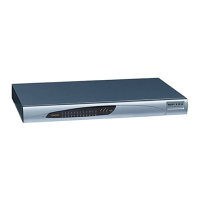
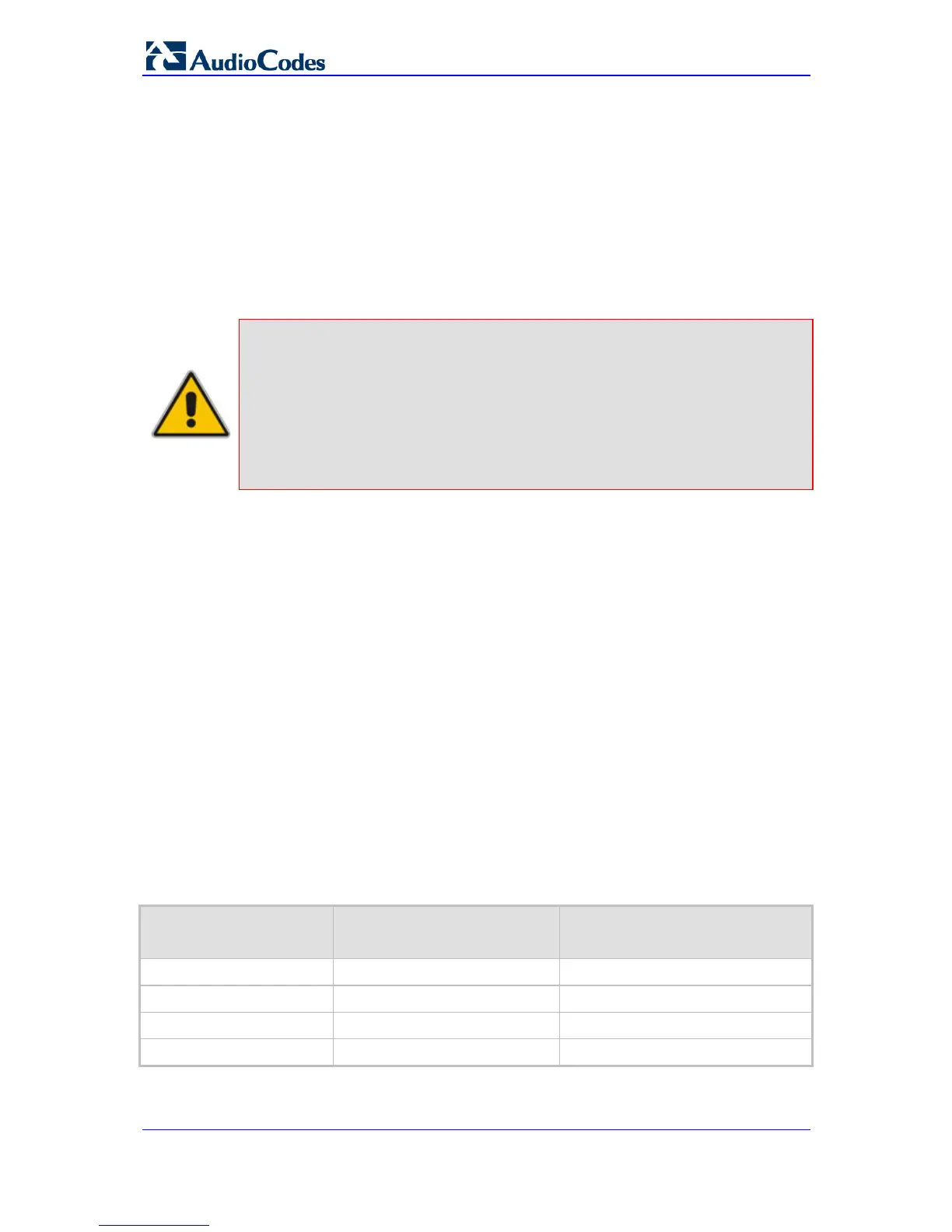